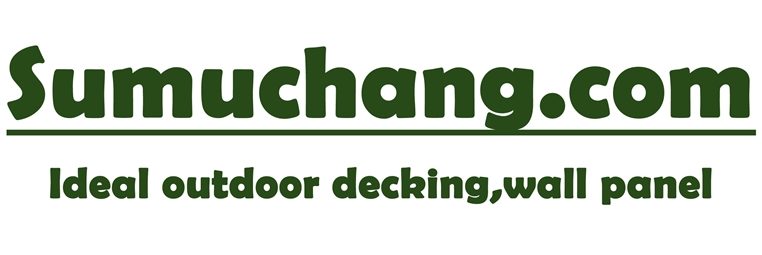In recent years, the construction and design industries have witnessed a significant shift towards sustainable and innovative building materials. One such material that has gained considerable traction is Wood Plastic Composite, commonly known as WPC. WPC wall cladding has emerged as a popular choice for modern homes, blending aesthetics with functionality. This article delves into the market dynamics, advantages, and future prospects of WPC wall cladding.
The global construction market is increasingly leaning towards eco-friendly materials as environmental awareness rises among consumers. WPC wall cladding is made by combining wood fibers with various plastics, creating a product that retains the natural beauty of wood while offering enhanced durability and weather resistance. This blend not only reduces the reliance on natural timber but also recycles plastic waste, making it an environmentally friendly option.
One of the primary reasons for the growing popularity of WPC wall cladding is its versatility. Homeowners and designers appreciate the wide range of colors, textures, and finishes available in WPC products. Whether one seeks a rustic wooden look or a sleek modern design, WPC can cater to diverse aesthetic preferences. This adaptability makes it suitable for various architectural styles, from contemporary urban homes to more traditional designs, allowing homeowners to express their individuality.
In terms of durability, WPC wall cladding outperforms many traditional materials. Unlike natural wood, which is prone to warping, cracking, and fading when exposed to the elements, WPC is designed to withstand harsh weather conditions. It is resistant to moisture, insects, and UV rays, which means it requires minimal maintenance over its lifespan. This durability translates to cost savings for homeowners, as they spend less on repairs and replacements, making WPC an economically attractive option in the long run.
The installation process for WPC wall cladding is another factor contributing to its market appeal. Many products are designed for easy installation, often featuring interlocking systems or pre-drilled holes that allow for quicker setup. This ease of installation not only reduces labor costs but also minimizes disruption during the building process. As homeowners increasingly seek hassle-free solutions, WPC’s straightforward installation becomes a significant selling point. 
In addition to its aesthetic and functional benefits, WPC wall cladding offers excellent thermal insulation properties. This characteristic can lead to improved energy efficiency in homes, helping to reduce heating and cooling costs. As energy prices continue to fluctuate, homeowners are more inclined to invest in materials that contribute to long-term savings. WPC’s insulating properties make it an attractive option for those looking to enhance their home’s energy performance.
From a market perspective, the demand for WPC wall cladding is expected to grow significantly in the coming years. With rising urbanization and an increasing focus on sustainable building practices, more construction companies and homeowners are likely to consider WPC as a viable alternative to traditional materials. The ongoing development of new technologies and manufacturing processes will also enhance the quality and performance of WPC products, further boosting their market presence.
Moreover, the rise of online platforms for home improvement and building supplies has made it easier for consumers to access WPC wall cladding options. Homeowners can now browse various designs, read reviews, and compare prices from the comfort of their homes. This accessibility is expected to drive sales, with more individuals willing to experiment with WPC in their home renovations or new constructions.
In addition to residential applications, WPC wall cladding is also gaining traction in commercial projects. Businesses are increasingly recognizing the value of incorporating sustainable materials into their designs, not only for environmental reasons but also for branding purposes. Companies that prioritize sustainability often attract eco-conscious consumers, making WPC a strategic choice for modern commercial buildings.

As the market for WPC wall cladding continues to expand, manufacturers are likely to innovate further, introducing new textures, colors, and finishes that cater to emerging design trends. The potential for customization will appeal to a broader audience, from individual homeowners to large-scale developers looking for unique solutions.
In conclusion, WPC wall cladding represents a significant evolution in building materials, combining sustainability with aesthetic appeal and durability. As consumer preferences shift towards environmentally friendly options, the market for WPC is poised for substantial growth. With its versatility, cost-effectiveness, and ease of installation, WPC wall cladding is set to become a staple in modern home design, offering homeowners and builders a compelling solution for their construction needs.






